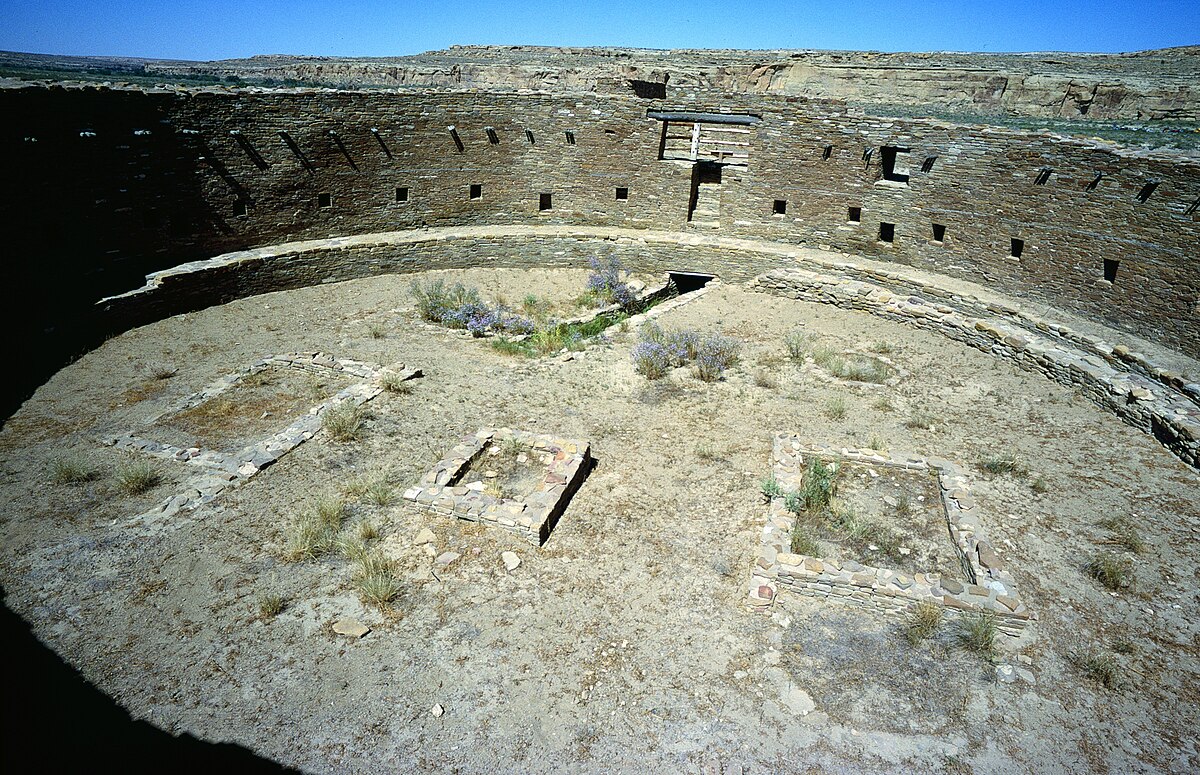
Chaco Canyon National Historic Park is a ten-mile wash in the NW piece of New Mexico. To access Chaco Culture National Historic Park, you must to drive over washboarded, washed out roads that aren't exceptionally well kept up. When you finally do get a chance to go to Chaco and see The Kin Ya'a Ruins, do not forget the Ancestral Puebloans were early Native American Indians, and their sacred spots merit our esteem and admiration. The exposed geologic material is proof of of the unhurried pace of corrosion, geologic material that is untold centuries old is easily experienced. Sizzling hot summers and unusually cold wintertimes at six thousand, two hundred feet of altitude make Chaco Canyon National Historic Monument difficult to support unadapted life. Nomadic people first settled Chaco Canyon in approximately 2900BC, when it is possible the weather could possibly have been far Chaco Canyon National Historical Park. more enticing.
Somewhere around 850 A.D., a stunning transformation happened, and the Indians started developing never before seen stone houses. These houses are known as Great Houses, & they survive as piles of rubble even today at Chaco Culture National Historic Monument Engineering strategies new to this area were were important to the building of these grand properties. Kivas happened to be a principal element of The buildings recognized as Great Houses, these circular, beneath the ground spaces were most likely utilized for religious ceremony. The migration of humans out of the house of Chaco arroyo began roughly three hundred years after, the main reasons for those people to exit are still not known. It's quite possible a combo of ethnic factors, climate, and or fluctuating rain fall level caused the inhabitants fleeing Chaco canyon. The complex historical past of the American South West ascended to its peak during 950 A.D. until 1150 AD in the windy land of Northwest New Mexico.
To find out a lot more about this charming place, you can start by browsing this valuable resource regarding the history.